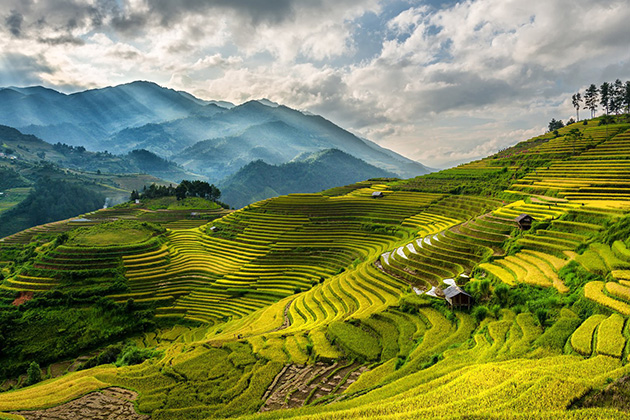A romantic writer said that Vietnam’s weather is like a young girl who always sulks to her lover. Weather is also the most popular question of foreign tourists before deciding to travel Vietnam as the diversity of climate throughout the country. So, below is some essential information about Vietnam’s climate and weather that should be concerned.
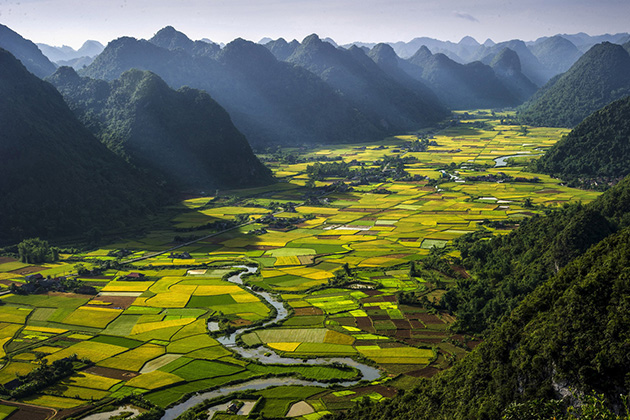
Shooting a glance on Vietnam travel guidebooks and websites, the most significant information which repeats many times is that Vietnam weather is extremely diverse and virtually has a strong divergence among regions. But in general, the humidity is always at a high level with the average one around 84%. The weather is mainly controlled by two monsoons. The annual average temperature is from 22 to 27 which is lower than the one in other countries in the equatorial area. The climate varies greatly from north down south, depending on the height and the type of terrain.
Northern
Travelling Vietnam in the north, you will meet four seasons: cool spring, hot summer, pleasant autumn and chilly winter. The temperature drops by 5 to 15°C in winter and run up to 35 to 40°C in summer. Further towards the mountainous region, it gets pretty colder. For example, in Sapa, the temperature sometimes drops below zero. Rainy seasons happen from August till November with sudden downpours. February and March witness persistent and drizzling rains.
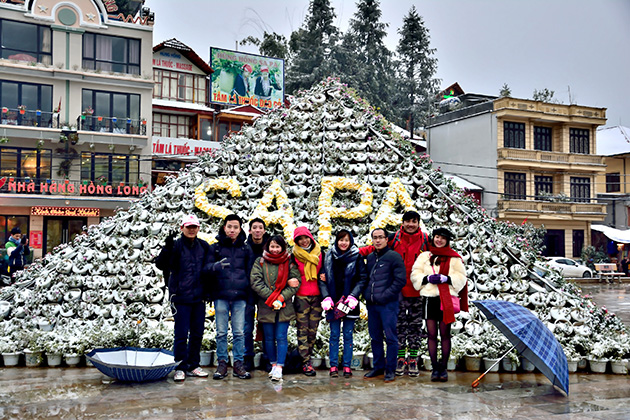
Central
The central Vietnam has to suffer a severe weather all the year. The temperature has the tendency to be warmer and more humid in the middle period of the year and cooler and more comfortable in the dry season (November to April). Flood and storm may occur from October to December.
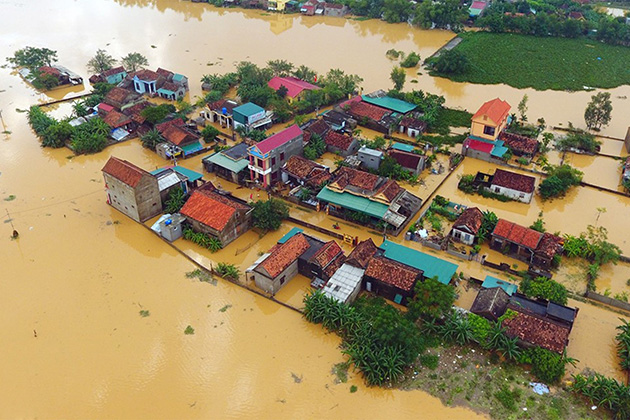
Southern
The south of Vietnam includes two distinct seasons: dry season (from November till April) and rainy season (from May till October). The average temperature runs from 25 to 30°C. During wet months, heavy and quick rains often happen in the afternoons.
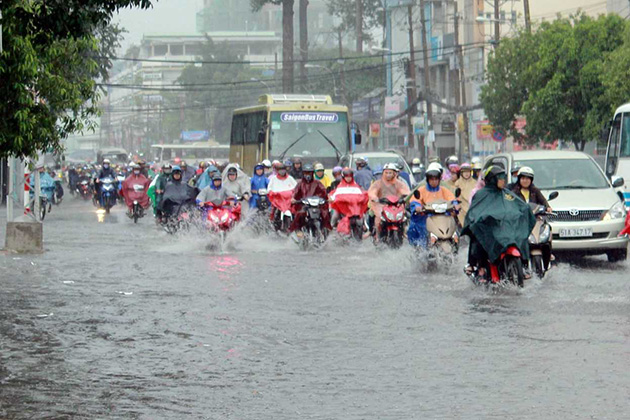
Required clothing
Light cotton clothing is advised in almost time of the year. Remember to bring an umbrella or a raincoat with you if there are sudden cloudbursts. Be ready for the high temperature and the considerable humidity in the moths of the summer. A sweater and warmer clothing need to be included in the winter of the northern, especially in the highland provinces.

